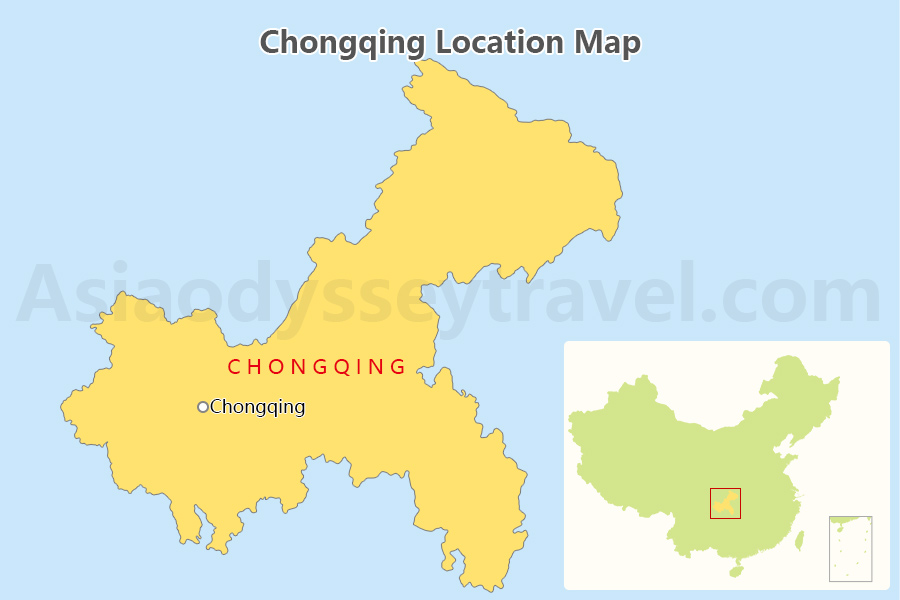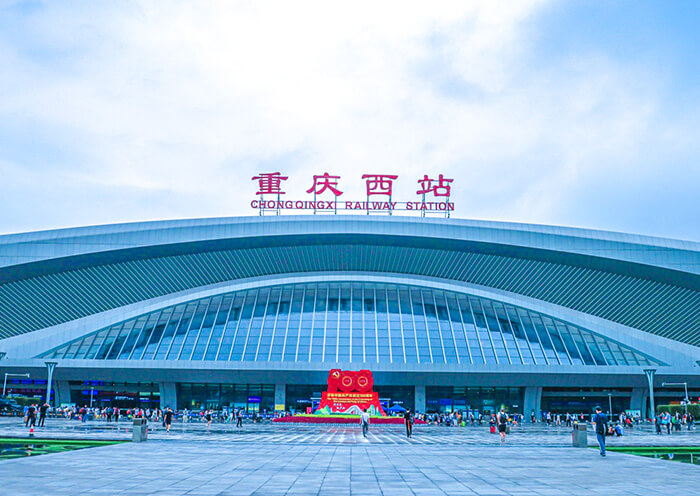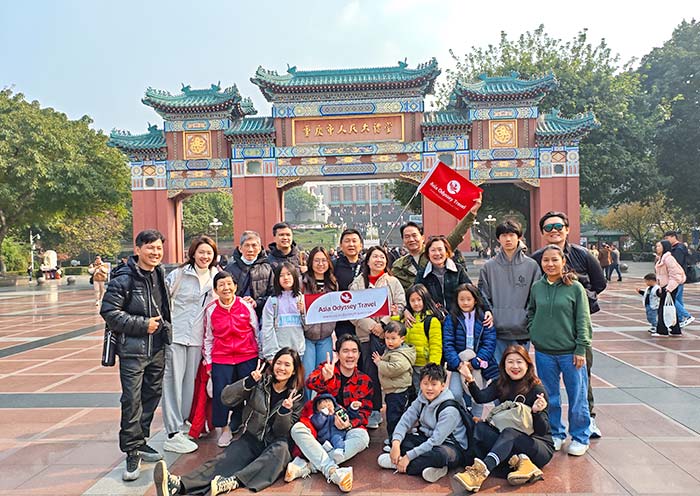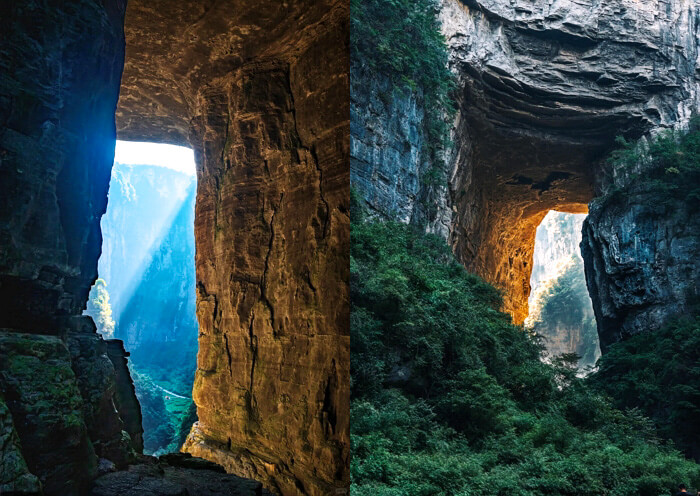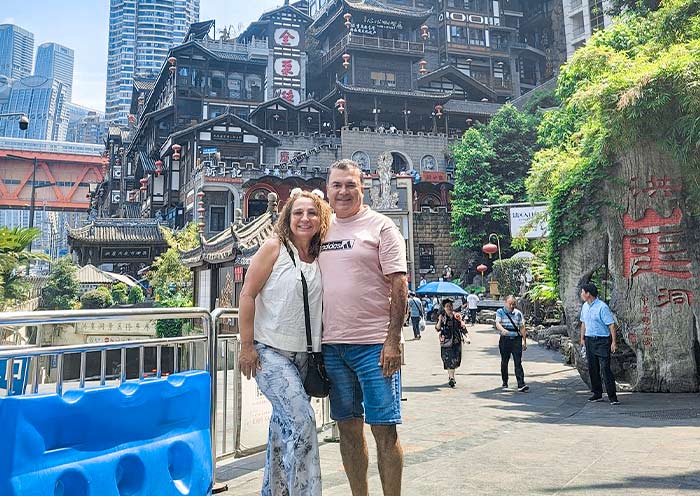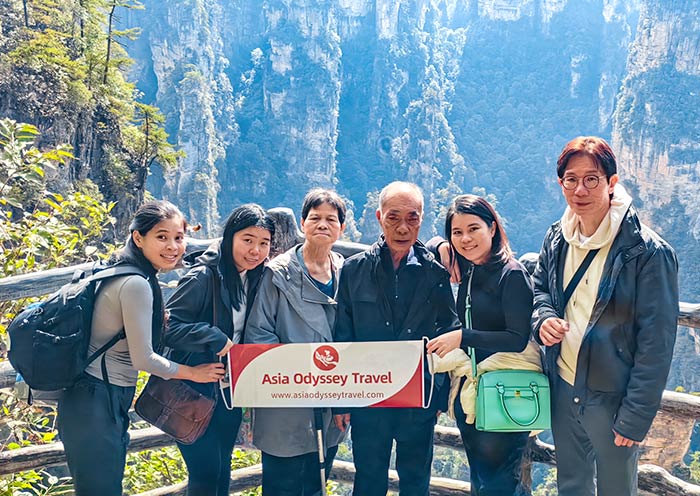Dazu Rock Carvings Facts
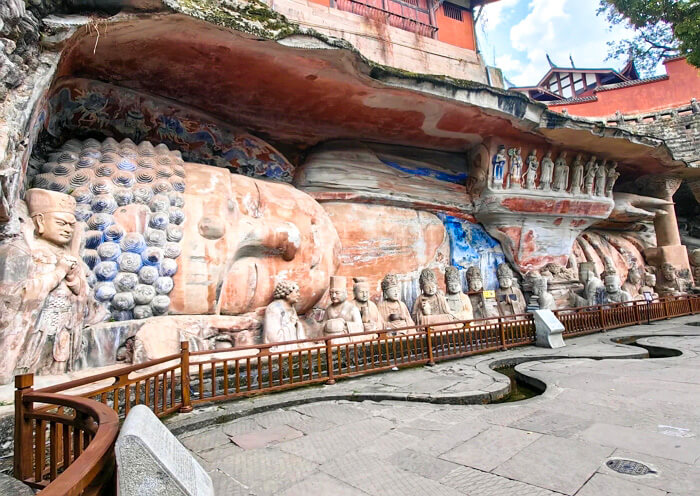
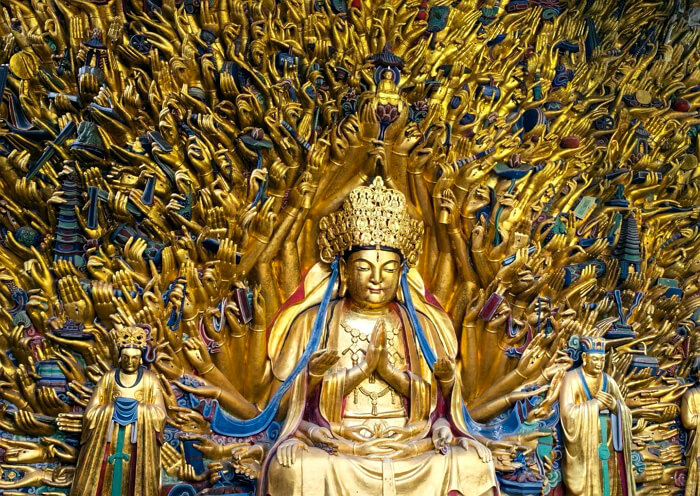
Location: In Dazu District, Chongqing, China.
Opening Hours: 08:30 - 18:00
Best Time to Visit: March to May, September to November.
Ticket Price:
(3.1-11.30): Baodingshan: 115RMB, Beishan: 70RMB
(12.1-2.28): Baodingshan: 110RMB, Beishan: 50RMB
Buy Tickets in Advance or at the Place: In advance.
Duration: One Day
Dazu Rock Carvings distribution locations: Baodingshan, Beishan, Nanshan, Shizhuanshan, Shimenshan.
Deep Dive into Dazu Caves: Sculptors, Preservation, Comparisons
Who carved the Dazu Rock Carvings? What did they want to convey?
The Dazu Rock Carvings were a massive undertaking, brought to life by countless skilled artisans under the guidance of two visionary leaders. Among the countless sculptures, a few stand out with remarkably lifelike faces - these are self-portraits of the very people who inspired the project: the monk Zhao Zhifeng and the official Wei Junjing.
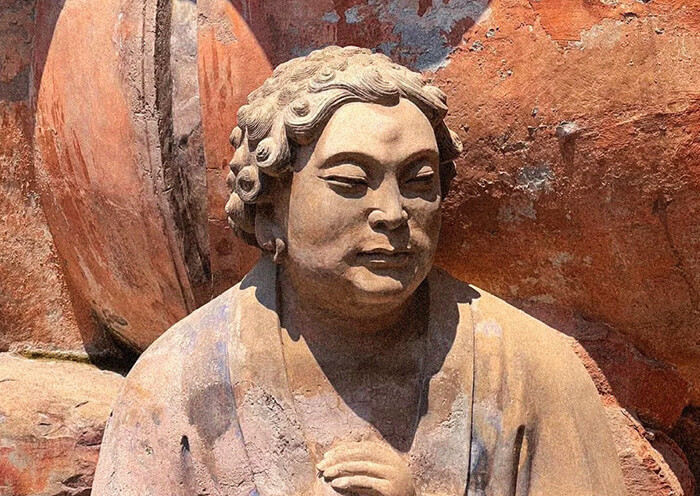
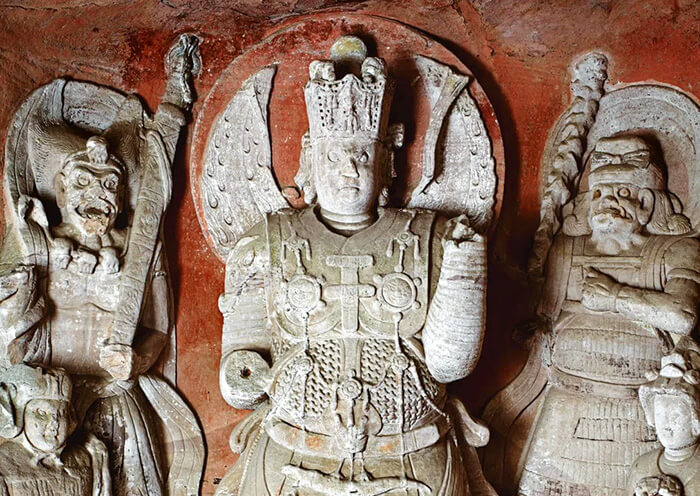
Zhao Zhifeng, a humble monk from the Southern Song Dynasty, was driven by his deep faith in Esoteric Buddhism. To share his beliefs, he gathered artisans at Baodingshan and commissioned them to carve intricate scenes from Buddhist scriptures and daily life. The work was arduous, even today, you can still find his inspiring inscription on the cave walls: Though a fiery wheel might spin upon my head, my heart shall never waver (Real Inscription: 假使热铁轮,于我顶上旋,终不以此苦,退失菩提心).
Wei Junjing, a general from the late Tang Dynasty, felt a heavy burden of guilt for the lives he had taken. Seeking redemption and solace, he turned to art. He commissioned the Beishan carvings, hoping to atone for his sins and bring peace to the suffering masses.
Why have the Dazu Rock Carvings been so well-preserved?
The Dazu Grottoes are located in a remote mountainous region of inland China, making them difficult to access. This isolation fortunately protected them from the ravages of war and human destruction. It wasn't until the 1940s that they were discovered by the renowned Chinese scholar Liang Sicheng and his team.
Dazu Rock Carvings VS China's Four Great Grottoes
| Differences | Dazu Rock Carvings | Four Great Grottoes |
|---|---|---|
| Carving period | 9th to 13th centuries | 4th to 5th centuries |
| Location | Southern China | Northern China |
| Style | A secular trend, coexistence of Confucian, Buddhist, and Daoist statues. | Buddhist Statues |
Highlights of Dazu Caves: Head to Baodingshan & Beishan Rock Carvings
The Dazu Rock Carvings are concentrated in five main areas, with Baodingshan and Beishan offering the most impressive sights for visitors. Listed below are the must-see carvings at these two sites.
What to See in Baodingshan Rock Carvings (宝顶山摩崖造像)
The Dazu Baodingshan Rock Carvings are located northeast of Dazu District. The core area is the U-shaped Dafowan (also known as the Baodingshan Rock Carvings Area) at the top of the mountain. Although it's only 500 meters long, it's densely packed with tens of thousands of exquisitely crafted stone sculptures.
And the artistry is amazing! Many of these carvings are painted, showcasing the skill of the ancient craftsmen. They used a stunning array of colors, including blues, greens, reds, and even gold leaf. It's truly impressive.
1. Reclining Buddha (卧佛): The world's largest semi-reclining Buddha statue, symbolizing the state of Nirvana in Buddhism. It represents the passing away and transcendence of the Buddha Shakyamuni.
2. Thousand-Armed Avalokiteshvara (千手观音像): A colossal statue with 830 arms, each holding a Buddhist ritual object, weapon, or farming tool.
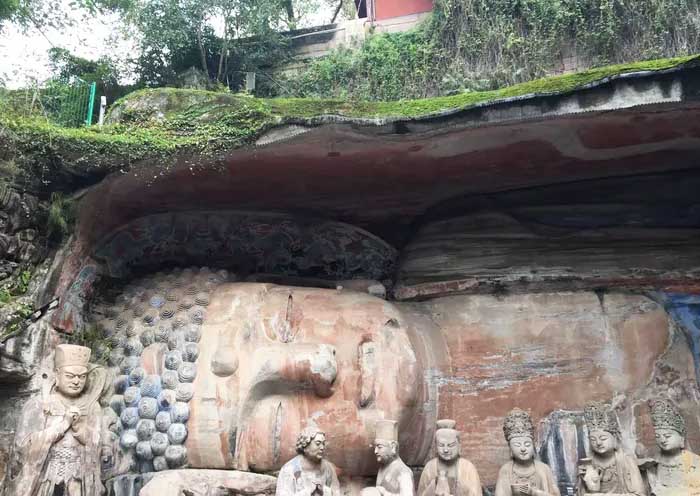
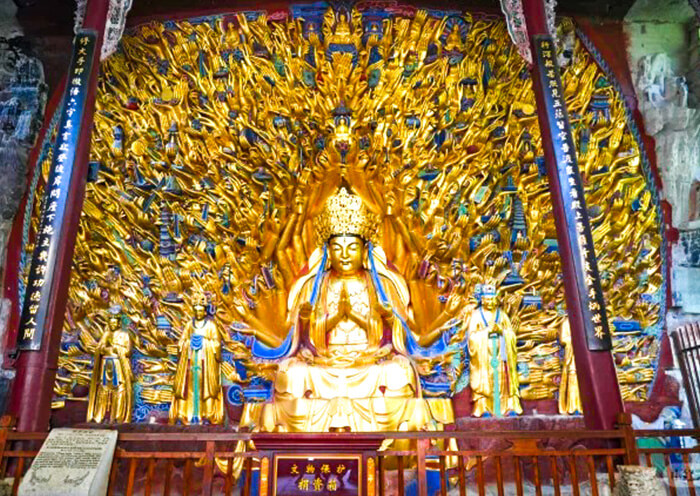
3. Wheel of Samsara (六道轮回图): A depiction of the cycle of birth, death, and rebirth, driven by desire and ignorance. A demonic figure turns the wheel, propelling beings through the six realms of existence.
4. The Three Saints of the Flower Garland Sutra (华严三圣像): Three colossal standing figures, the tallest in the carvings, measuring 7 meters. The leftmost figure, Manjushri, holds a 1.8-meter stupa supported by his triangular-shaped kasaya (robe).
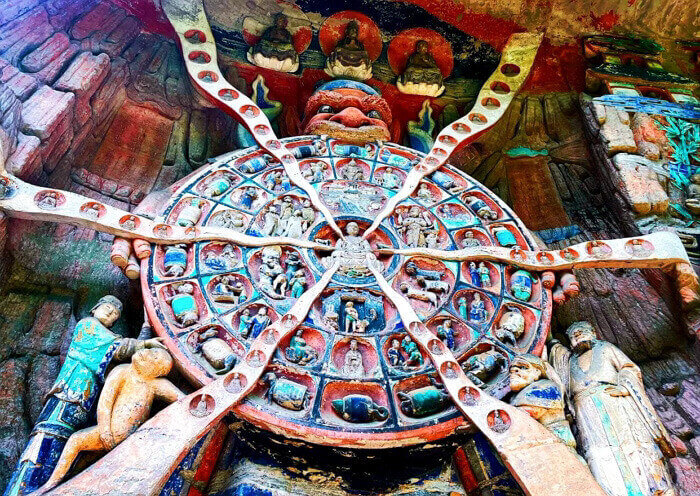
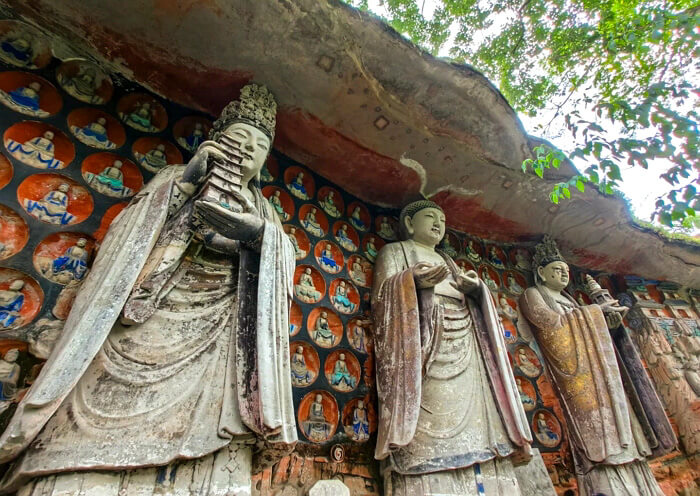
5. Parable of a Mother's Kindness (父母恩重经变相): A depiction of the nurturing process of a mother raising her child. This scene emphasizes the importance of filial piety and gratitude towards one's parents in Chinese culture and Buddhist teachings.
6. The Great Awakening Cave (圆觉洞): The largest cave in the Dazu Rock Carvings, featuring a dramatic interplay of light and shadow. The central focus is a kneeling bodhisattva listening to a Buddha, surrounded by other deities.
7. The Deeds of Liu Benzun (柳本尊行化事迹图): Depictions of the life of Liu Benzun, a controversial Buddhist devotee who made extreme sacrifices, such as cutting off his ear and arm, to appease the gods and end suffering. This figure is a controversial one, as his actions are seen by some as excessive and even harmful. His story raises questions about the nature of faith and devotion.
8. Hell Scenes (地狱变相): Depictions of various hell realms, such as the "Knee-Cutting Hell," which warns against the sin of drinking alcohol. These scenes are intended to deter people from committing evil deeds.
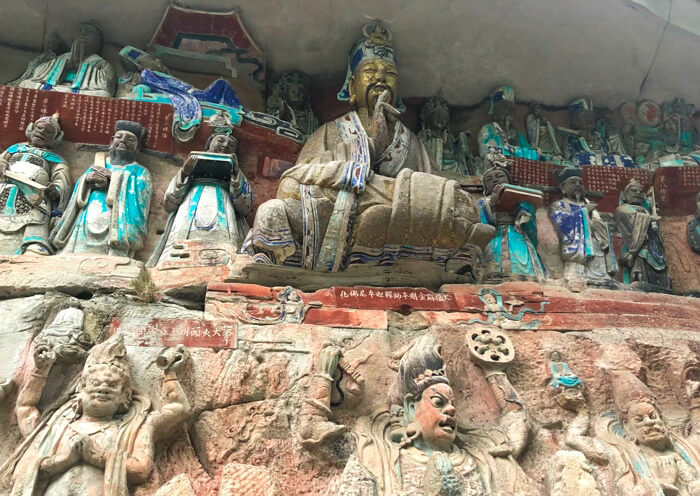
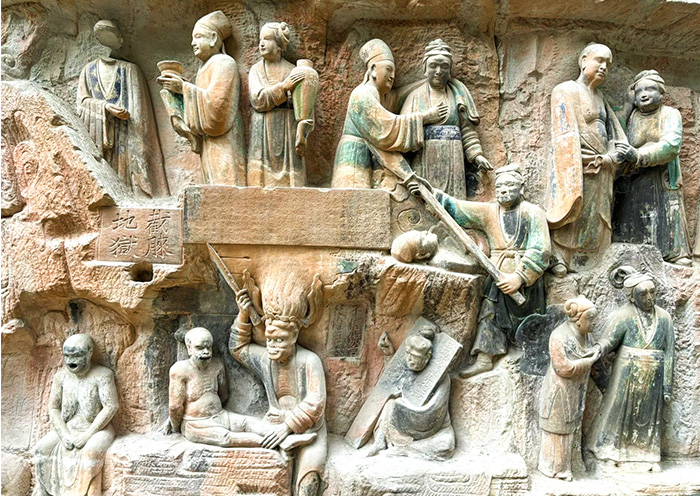
9. Herding Ox Pictures (牧牛图): A series of images that metaphorically represent the process of Buddhist spiritual cultivation. The ox symbolizes the mind, and the herder represents the practitioner who seeks to tame and control the mind.
What to See in Beishan Rock Carvings (北山摩崖造像)
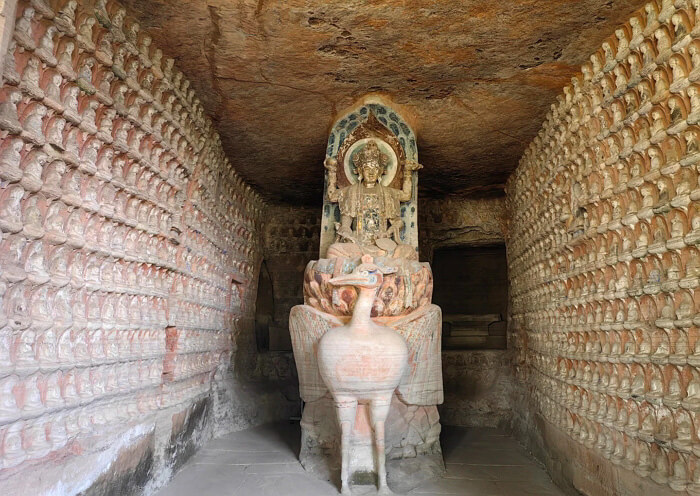
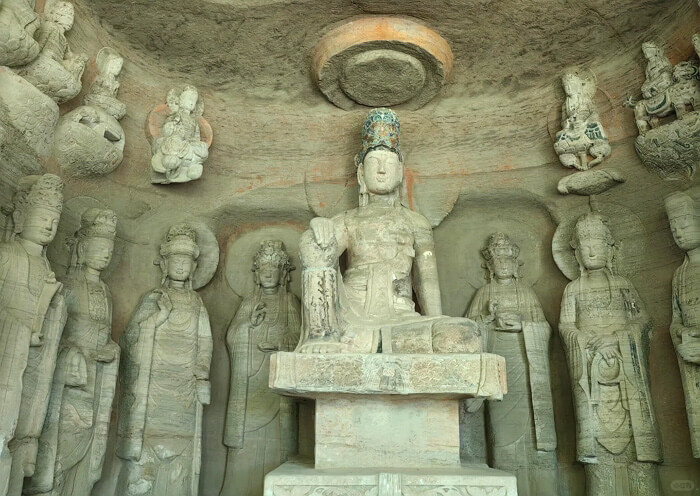
The Beishan Rock Carvings, situated 1.5 kilometers north of Longgang Town in Dazu, occupy a 500-meter area divided into north and south sections. This expansive site showcases over 5,000 meticulously crafted sculptures.
While perhaps less ornate than Baodingshan, Beishan offers a unique artistic vision. The carvings here display unconventional poses and expressive styles, revealing a distinct artistic perspective.
- Avalokiteshvara with Rosary (数珠手观音): This refers to a statue of the bodhisattva Avalokiteshvara, often depicted with a rosary in hand.
- Marici, the Warrior Goddess (摩利支天女): Marici is a Buddhist deity, often depicted in a warrior-like form.
- Largest Water-Moon Avalokiteshvara (水月观音像): This indicates the largest and most well-preserved statue of Avalokiteshvara meditating on the reflection of the moon in water.
- Wheel of Dharma Sutra Cave (转轮经藏窟): This refers to a cave where sutras are stored, using the concept of the Wheel of Dharma as a metaphor.
- Scenes from the Pure Land Sutra (观无量寿佛经变相): These are depictions from a Buddhist scripture that describes a paradise, or Pure Land.
How to Visit Dazu Rock Carvings Chongqing
Visit Baodingshan Rock Carvings first, then go to Beishan Rock Carvings.
- Travel Route of Baodingshan Rock Carvings: Visitor Center (游客中心) -> Dazu Rock Carvings Museum (大足石刻博物馆) -> Baodingshan Carving Area (Dafowan大佛湾) -> Shengshou Temple (圣寿寺)
Begin your visit at the visitor center with a captivating 50-minute 4K film that provides an overview of the Dazu Rock Carvings. A short ten-minute scenic bus ride will take you to the heart of the carvings at Dafowan. To fully appreciate the intricate storytelling, start your exploration with the Wheel of Samsara and follow the sequence of the carvings, which together form a fascinating religious comic strip. After spending 1-2 hours immersing yourself in these ancient wonders, make your way to the historic Shengshou Temple.
- Travel Route of Beishan Rock Carvings: South section (No. 1-100) - North section (No. 101-290) - Duobao Pagoda (多宝塔)
Once you've explored all the carvings, make sure to ascend the 350 steps to the summit of the Multi-Treasure Pagoda. You'll be rewarded with two colossal Buddha statues that appear to be holding up the entire pagoda.
Notice: The numerous steps on Beishan Mountain make it quite challenging to ascend. For safety reasons and to save time, it's recommended to focus on visiting the Baodingshan Rock Carvings.
Best Time to Visit Dazu Rock Carvings
The best time to visit the Dazu Rock Carvings is between April and June, and September and November. A light jacket is sufficient.
Spring and autumn offer the most pleasant weather for viewing the Dazu China Rock Carvings. Temperatures range from 10°C to 20°C in spring, perfect for outdoor activities and enjoying the blooming flowers. In autumn, temperatures cool down slightly to between 10°C and 25°C, ideal for admiring the fall foliage.
How to Get to Dazu Rock Carvings
Get to Chongqing
You can fly directly to Chongqing city via Chongqing Jiangbei International Airport (重庆江北国际机场), which offers a wide range of popular international flight routes. Check more information of How to Get to Chongqing->>
Chongqing to Dazu
By Private Car (Fastest): A private car is the most recommended way to travel from Chongqing to Dazu. The journey takes about 1.5 hours.
By Bus: You can take a bus from several stations in Chongqing: Chenjiaping Bus Station, Chongqing North Station South Square Bus Station, and Chongqing Bus Station. The journey takes over 2 hours, and the ticket price is between 42-44 RMB. Upon arriving at Dazu Bus Station, take bus 205 to reach the Dazu Caves.
By Train: A high-speed train departs from Chongqingxi Station directly to Dazunan Station. The journey takes about 30 minutes. From the station, take a bus for approximately 2 hours to reach the Dazu Grottoes.
Baodingshan to Beishan
A new expressway opened in 2024, significantly reducing travel time between Baodingshan and Beishan. Visitors can now reach Beishan from the Baodingshan Visitor Center in just 10 minutes by car.
Plan Your Dazu Rock Carvings Tour with Asia Odyssey Travel
Most tourists spend a full day exploring the Dazu Rock Carvings. Since Dazu District, where the carvings are located, doesn't have many other major attractions, it's recommended that you visit Ciqikou, the Three Gorges Museum, Liziba, and Hongya Cave in Chongqing city first. Then, allocate two days for a Chongqing-Dazu trip.
Two-Day Chongqing-Dazu Tour Itinerary:
Day 1: Visit the Three Gorges Museum. Admire the night view of Hongya Cave and see the iconic light rail passing through a building at Liziba.
Day 2: Travel to Dazu Rock Carvings. Visit Baodingshan Scenic Area in the morning. Go back to Chongqing Downtown to visit Ciqikou Ancient Town.
